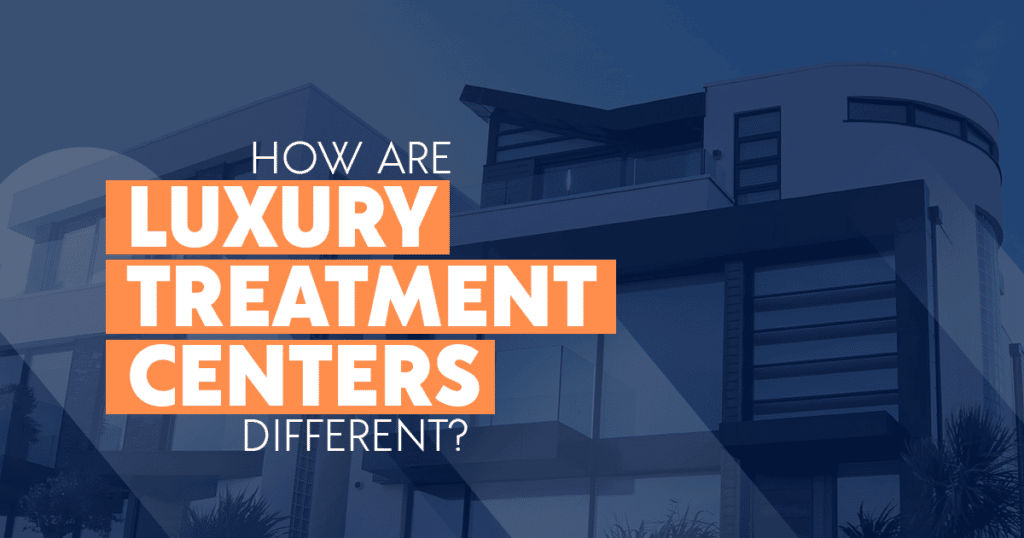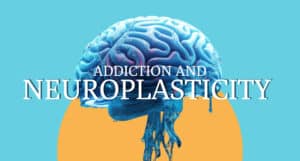When you hear about a celebrity getting addiction treatment, they often head to luxury treatment centers. These centers may have high-end amenities that can make treatment seem more like a vacation.
While there’s certainly nothing wrong with luxury rehab centers, what does ultimately matter most is that the treatment you receive is comprehensive and tailored to meet your needs.
Below, we explore some types of rehab centers and how they are different.
Inpatient vs. Outpatient Rehab
When we talk about what we often see as luxury rehab centers, they’re usually inpatient. An inpatient rehab center is one where you live onsite during your care.
These are also known as residential rehab. There are benefits to residential rehab, including being in a secure, safe, and stable environment. Going to inpatient rehab takes you out of the daily environment that might remind you of drug or alcohol use.
You don’t have to think about other responsibilities or things in your life in a residential program. Instead, your focus is exclusively on getting treatment for your substance use disorder and any co-occurring disorders.
Different types of inpatient programs can include:
- Medical detox: When someone first goes to rehab, they will likely have withdrawal symptoms. Withdrawal symptoms occur because you’re dependent on drugs or alcohol following a period of extended use. During detox, you can begin to rid your body of substances to start the program clean. Many inpatient rehabs include an onsite medical detox, where a supervising healthcare staff and clinical team keep patients safe.
- Short-term residential treatment: These programs can be a few weeks to a few months. Shorter-term residential treatment programs provide intensive care, and then when you complete one, you might follow with outpatient therapy and participation in a support group.
- Long-term residential treatment: A long-term residential treatment center will provide around-the-clock care outside a hospital setting. The therapeutic community is one of the most common residential long-term treatment models. Stays might be anywhere from 6 to 12 months. Long-term inpatient rehab is appropriate for someone with severe, long-term addiction and often co-occurring mental health disorders with severe symptoms.
Outpatient rehab can vary in intensity and the amount of time you commit each week, but you don’t live on-site.
Participating in an outpatient treatment program may be appropriate if you have a mild or short-term addiction to drugs or addiction to alcohol. This may also be something you do after completing the residential part of your treatment plan.
An intensive outpatient program or IOP is similar to residential rehab, but patients return home in the evenings.
If you’re going to choose an outpatient program for yourself or a loved one, there needs to be a safe, substance-free home environment. A person won’t be able to return home to an environment where there are drugs or alcohol or one that’s chaotic or dangerous.
There are also other programs, such as a partial hospitalization program for severe addictions.
Features of a Good Treatment Program
Regardless of the setting, some of the things a program might include are:
- The approach should focus on evidence-based therapies. While we don’t know everything about addiction, we’ve learned so much more over the past few decades. We know, for example, that it’s a chronic disease. An evidence-based treatment center uses updated research and a medical and scientific approach to the treatment of patients. Clinical evidence should support everything that’s part of a treatment plan.
- Treatment should be holistic. Addiction is very complex, and it affects not only your mind and your emotions but also your physical and spiritual health. A treatment center that takes a holistic approach will consider all aspects of your wellness and well-being for the best outcomes. We often hear this referred to as comprehensive care and holistic addiction treatment. Holistic therapy might also include art therapy, music therapy, adventure therapy, family therapy, and more traditional treatment methods for substance abuse.
- No two people nor their addictions are the same, so an individualized treatment plan is needed. An individualized treatment plan is one of the best ways to support dual diagnosis treatment for other mental health disorders and promote long-term recovery.
- Sometimes it’s appropriate to use a variety of medications in rehab. These are medication-assisted treatments or MAT. They are used in combination with behavioral therapy and counseling. Medications can help reduce cravings and withdrawal symptoms or help with other symptoms a person might be experiencing.
- Behavioral therapy is a cornerstone of evidence-based rehab. Behavioral therapy can help someone change their attitudes and behaviors, develop healthier life skills, and make positive changes in their entire lifestyle and relationships.
- Many people benefit from personalized treatment that includes a continuum of care. This means there is a gradual approach to treatment, as someone is ready and working toward returning to their daily life.
What Defines Luxury Treatment Centers?
There’s not one particular feature or definition for luxury rehab facilities. We know that the term is often reserved for facilities that have an expansive properties, upscale amenities, holistic care, a high level of privacy, and often are in desirable destinations, such as near the beach.
A luxury drug rehab center might include massage therapy, yoga, personal trainers, equine therapy, and meals prepared by a private chef. These centers can include private rooms rather than having to share a room with other people. Maid services may be included, and the whole idea is that someone feels much more like they’re at a spa than a clinic or hospital.
Someone in a luxury treatment center might receive more one-on-one therapy too.
Since high-profile people are often patients at a luxury rehab program, employees typically sign non-disclosure agreements before they begin employment.
- A month’s stay at luxury treatment centers can cost anywhere from $30,000 to $100,000.
- A standard substance abuse treatment facility can usually range from $5,000 to $20,000 a month and can often be paid with insurance or based on a sliding scale.
For a luxury rehab center, insurance may cover some of a patient’s stay, but not all of it.
Are Luxury Treatment Centers More Effective?
Luxury treatment centers are a great option for people who can afford them, but the quality of care matters more than the amenities a treatment center offers. Just because a facility is a luxury treatment center, it does not mean the quality of care will be better than a non-luxury treatment center.
What matters most is a treatment program guided by evidence and research and the staff’s understanding of addiction and mental health.
While amenities can be nice, they aren’t necessary for someone to recover.
Addiction Treatment in San Diego
If you’d like to learn more about our detox center in California, our programs, and our approach to helping people begin their recovery journey, we’re happy to answer any questions or provide you with information. If you reach out, please be assured our conversation will be confidential. The Detox Center of San Deigo team is here any time to help you begin your recovery process, just call 858-293-5301.








